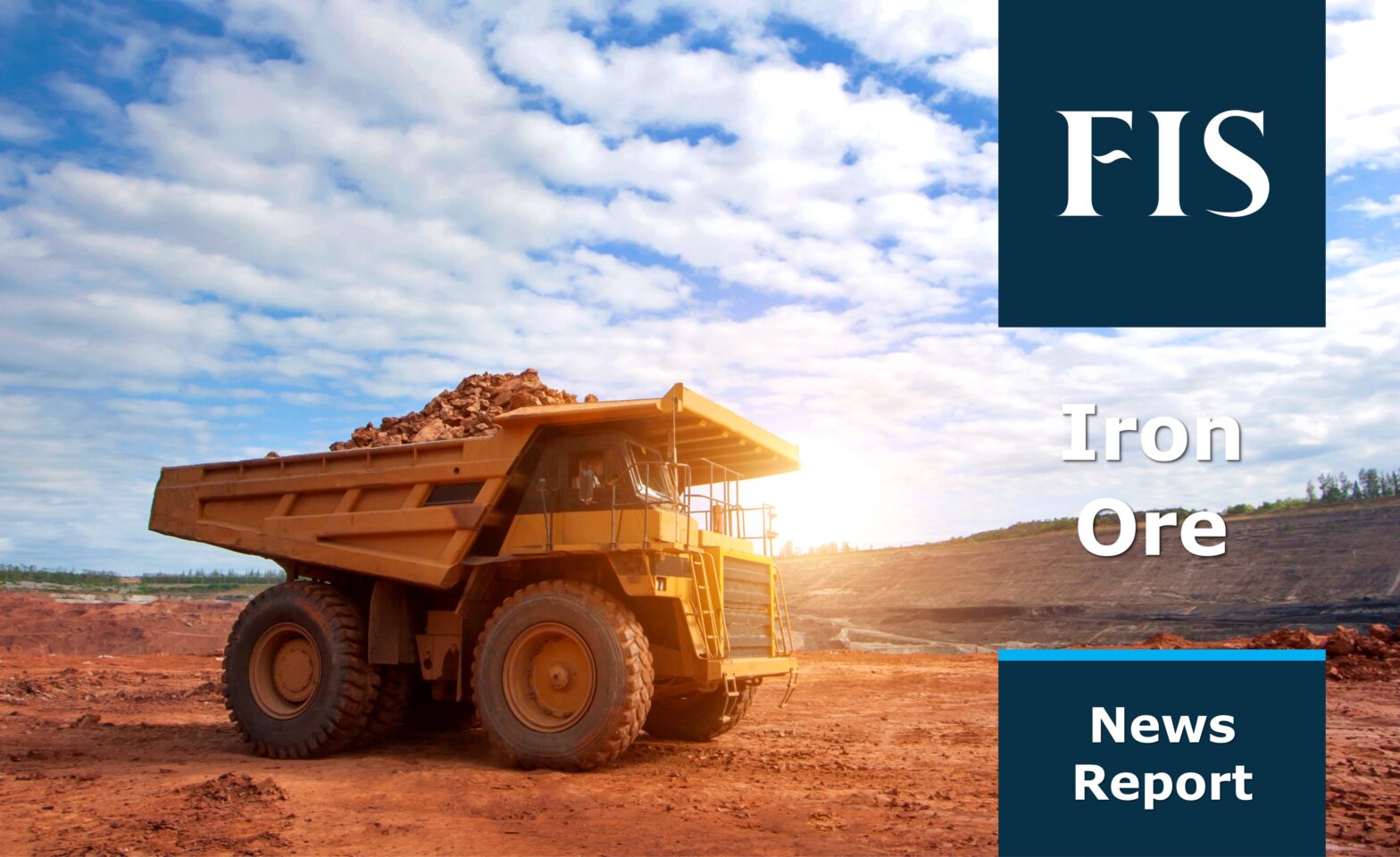India’s beneficiation of low-grade iron ore could result in new trade patterns
India’s push toward the beneficiation of low-grade iron ore could result in new trade patterns emerging in the future if implemented, market sources told Fastmarkets last week.
It could mean a higher acceptance among buyers of Indian iron ore in the seaborne market, especially if they are substantially superior to what was being exported in the past, they said.
India is looking to mandate that at least 80% of iron ore below 58% Fe produced by a mine leaseholder should be beneficiated to at least 62% Fe, according to a consultation notice published by the country’s Ministry of Mines.
Any shortfall will be assessed on a quarterly basis and the lessee will then pay royalties to respective state governments on the difference between the minimum and actual quantity actually beneficiated.
The state governments may also choose the terminate the lease of a miner if it is deemed as not being able to maintain the minimum quantity of ore to be beneficiated.
Asia could be more accepting of the upgraded Indian ore compared with Europe, a major iron ore buyer in China told Fastmarkets.
“Asia is more used to Indian ores, especially China. Europe is not used to iron ore from India and would want to know its quality first. The stability of supply and logistical issues will also need monitoring,” he said.
Indian miners now face a hefty 50% tax on exports of iron ore fines, lump and concentrate and a 45% tax on exports of iron ore pellets.
These were imposed from May 22 this year to curb inflation and increase supply within India.
The move caused liquidity of lower-grade Indian pellets to vanish from the spot markets in Asia.
But there is also the possibility of the beneficiated ore remaining in India for local consumption.
Retrieved from:
India’s beneficiation of low-grade iron ore could result in new trade patterns
